Strategic Framing, Emotions, And Superbarrio—Mexico City's Masked Crusader
This article explores the spontaneous and emotional dimensions of social protest and the expressive dimensions of constructing movement identities. It analyzes how a "party mood" that prevailed in a Mexico City social movement organization, the Asamblea de Barrios, created the conditions for the emergence of Superbarrio, a masked crusader for justice who used humor and drama to help the urban poor confront the corruption and mismanagement of the Mexican state. Superbarrio drew on Mexico's culture of wrestling and the wrestling audience's cognitive and emotional responses. He represented an innovation in the movement's action repertories that used the emotional dramaturgy of wrestling for framing purpose. This proved crucial in sustaining effective challenges to the authorities and led to dozens of imitators. This article argues that the public's response to strategic dramaturgy is mediated by the emotions dramatic representations of conflict arouse.

